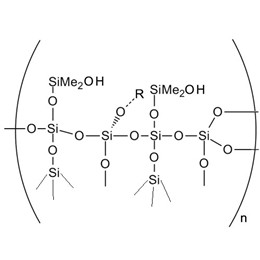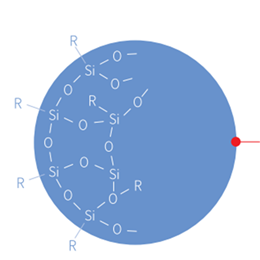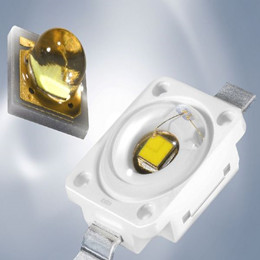LED (light-emitting diode) has the characteristics of energy saving and environmental protection, long life, low use voltage, short switching time, etc., and is widely used in lighting, display, backlight and many other fields. At present, it is developing in the mature technology direction of higher brightness, high color, high weather resistance, and high luminous uniformity.
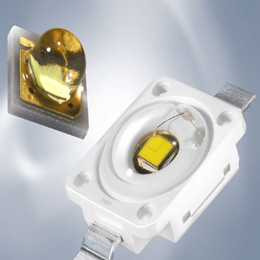
Why LED packaging is important?
The LED industry chain can be divided into upstream, middle, and downstream, which are LED chips, LED packaging and LED lighting applications. As an LED package that connects the upper and lower levels in the LED industry chain, it plays an important role in the entire industry chain.
LED is composed of the led chip, bonding wire, led bracket, conductive adhesives, packaging materials, etc., among which packaging materials are one of the key factors affecting LED performance and service life.
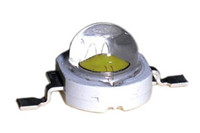
Why use silicone material for LED encapsulation?
At present, due to its special requirements for light transmission, the main materials currently used on the market are epoxy resin, silicone, polycarbonate, glass, polymethacrylate and other high-transparency materials. However, since most of these materials are hardened and inconvenient to process, they are basically used for outer lens materials.
Traditional LED epoxy resin encapsulation materials have defects such as large internal stress, poor heat resistance, and easy aging, which cannot meet the increasingly developing needs of LED packaging materials, and are gradually being replaced by silicone materials or silicone-modified materials.

Silicone materials are low-stress materials with high UV resistance and aging resistance, making them ideal for LED encapsulation materials. The light transmittance of silicone resin is proportional to the luminous intensity and efficiency of LED devices, and the higher the light transmittance, it is conducive to increasing the luminous intensity and efficiency of LED devices. Since gallium nitride chips have a high refractive index (about 2.2), the refractive index of general silicone materials is only 1.4, so improving the refractive index of silicone materials can reduce the difference with the refractive index of the chip, reduce the light loss caused by interface reflection and refraction, and enhance the light efficiency of LED devices.
![]()
Modified epoxy resin for LED packaging
Epoxy resin has a high refractive index and light transmission, and the mechanical and adhesive properties are quite good, so there are still some products in the market. By introducing silicone functional groups to modify epoxy resins, the high-temperature performance and impact resistance of epoxy resins can be improved, the shrinkage and thermal expansion of products can be reduced, and the application range of products can be improved, even in the harsh environments. According to the reaction mechanism, silicone-modified epoxy resins can be divided into two methods: physical blending and chemical copolymerization.
The chemical copolymerization method uses the active groups on the silicone polymer, such as hydroxyl and alkoxy groups, to react with the epoxy groups on the epoxy resin to produce a copolymer for the purpose of modification. As early as 2007, this method was used to carry out research on the use of silicone copolymer-modified epoxy encapsulation materials for LED products, and their experiments proved that this encapsulation process method could significantly improve the impact resistance and high and low-temperature resistance of the encapsulation materials, and significantly reduce the shrinkage and thermal expansion coefficient.
Silicone epoxy resin has recently been more widely used as it can reflect the advantages of both epoxy resin and silicone resin. It has shown excellent performance in mechanical properties, bonding, aging resistance, UV resistance, refractive index, light output, etc. It is a future research direction for LED packaging materials and will definitely make significant progress.

Silicone resin for led encapsulation
1 Characteristic of silicone materials
Silicone polymers have Si—O bonds as the main chain, and organic groups are connected to the silicon atoms, for example, R3 SiO1 /2( M) 、R3 SiO2 /2( D) 、R3 SiO3 /2( T) 、R3 SiO2( Q) and other chain links are combined in a certain proportion; the Si-O bond energy is high, which makes it have better high-temperature resistance or radiation performance, and the Si-O bond angle is large, which can make the molecular chain of the material soft. Silicone materials have excellent properties in terms of heat resistance and anti-yellowing, so as to can be used in outdoor environments. Silicone materials are easy to modify, and functional groups with improved refractive index, such as sulfur, benzene, phenol, and epoxy groups, can be introduced into the side chain to improve the refractive index of packaging materials and improve the luminous efficiency of the LED device.
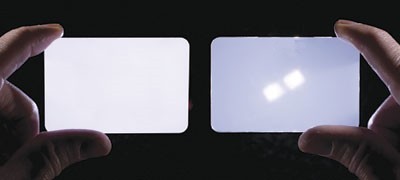
2 Synthesis of silicone resin
According to its refractive index, it can be divided into two types: low refractive index (1.4) and high refractive index (1.5). Since the higher the refractive index of the silicone material, the higher the light extraction efficiency, so the refractive index of the silicone material should be increased as much as possible.
Silicone resins are generally prepared from organosilanes by hydrolysis and polycondensation in the presence of solvents. The raw material for synthesis is generally chlorosilane or alkoxysilane. The specific process is as follows: firstly, silane is hydrolyzed into silanol under certain conditions, secondly, silanol itself undergoes a polycondensation reaction, and thirdly, it is neutralized by water washing and concentrated to remove small molecules to obtain silicone resin.
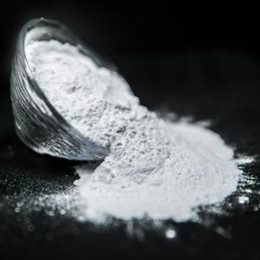
Silicone Rubber Encapsulation Materials
Silicone LED encapsulation materials can also be made from molded liquid silicone rubber. Liquid silicone rubber encapsulation material is made of vinyl-containing linear polysiloxane as the base polymer, vinyl silicone resin as reinforcing filler, and hydrogen-containing silicone oil as cross-linking agent. The molding silicone rubber does not produce by-products in the vulcanization process, has a very small shrinkage rate, and also has high cross-linking density, which is widely used in many fields. The use of molded silicone polymers as packaging materials for white LED devices has the effect of reducing costs and improving the service life of LEDs. Low-viscosity liquid silicone rubber has excellent penetration.
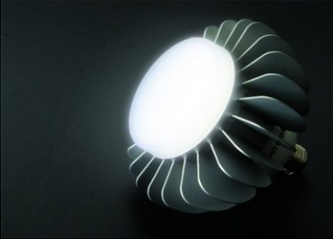
GaN-based power type white LED is the focus of current development. It has the characteristics of high heat, short light wavelength, etc., and has stricter requirements on the performance of packaging materials. At the same time, the use of packaging materials with high refractive index, UV resistance, heat aging and low stress can significantly improve the light output power of LED, and can also extend the pot life of the product. At the same time, the development of high-power LED devices also requires silicone packaging materials to develop products with high transparency, refractive index, UV aging and heat aging resistance as early as possible. In view of the problems of silicone materials, such as low refractive index, poor adhesion and low mechanical strength, the epoxy modification method is used to combine the advantages of the two or hybrid with inorganic materials to improve the refractive index of silicone materials.


